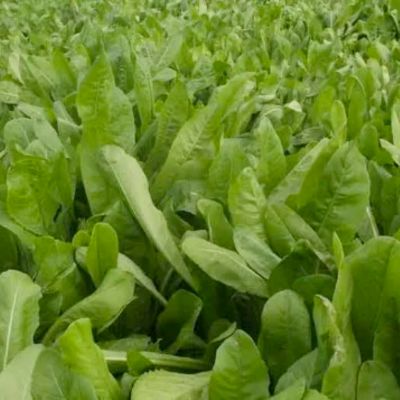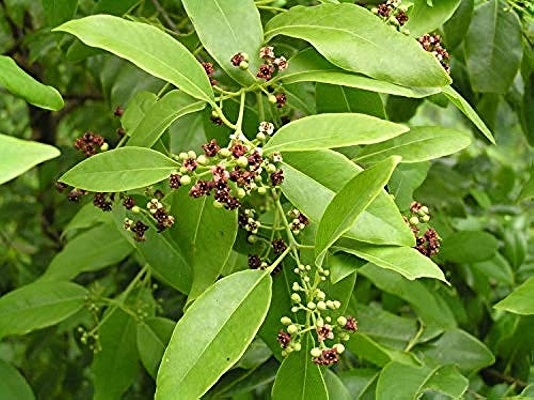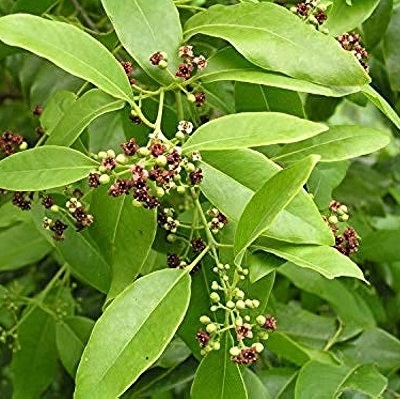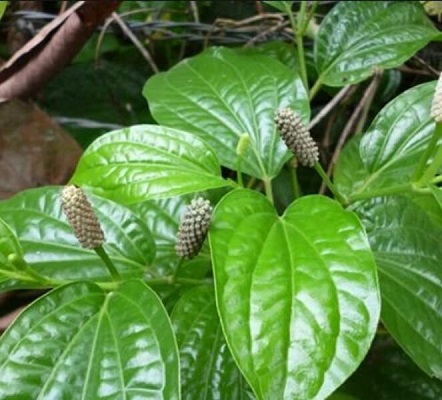On This Page
Chandana (Santalum album) – Uses and Benefits
Introduction
Chandana commonly known as “Sandal wood tree” is one of most commonly used drugs in both modern and ayurvedic science. The word ‘santalum’ is derived from the Greek word ‘santalon’ which signifies its aroma. Chandana is a small ever green glabrous tree and is seen abundantly in South India. It belongs to the family santalaceae. The name chandana is obtained due to it’s aroma and cooling effects.
Chandana or Sandal wood tree is known for it’s wide range of therapeutic applications. It is one of the most widely used herbs in Ayurveda. Chandana is having many actions including antiallergic, anti bacterial, antiviral, antigonorrhoeal, antifungal, antioxidant, blood purifier, intellect promotion, analgesic, anti pyretic etc. It is nowadays commonly used in skin allergic conditions. Due to its cooling effects, it is mainly used to alleviate Kushta (skin allergies) caused by increase of pitta dosha. Various studies by Dr. Gupta’s IAFA have proven that by the oral administration of santalum album can help in overcoming insulin resistance and have potential anti hyper lipidemic activities. The aqueous extract of leaf and stem of Santalum album have resistance against microbes like Escherichia coli, Staphylococcus aureus and Pseudomonas. The essential oil extracted from the sandal wood tree also shows in vitro anti viral activities against Herpes simplex viruses 1 and 2. The multiplication of these viruses arrests in presence of Oil extract.
Action of Chandana Santalum album in allergy
IAFA is conducting studies on various herbs and its antiallergic actions. The blood purifying action of Chandana is used as an anti allergic agent in ayurvedic treatments. It helps to reduce skin allergies caused by increase of Pitta dosha. The plant contains phytoconstituents like isomeric sesquiterpene alcohols, alpha santalol, beta santalol, santene, santenone, santalone and santalene which aids in anti allergic actions. Chandana is one of the main ingredients in the medicines for treatment of Kushta (skin allergic conditions). Due to its wide range of application, it is nowadays used as a common drug in both ayurvedic and modern sciences.
Vernacular Names
| Hindi name | Safed Chandan |
| Sanskrit name | Gandhasara, Malayaja, Srikhanda,Maharha, Shweta Chandana, Bhadrashri, Malayaja, Gosheersha, Tilaparnaka Shrikhand, Chandra Yuti. |
| English name | Sandalwood |
| Telgu name | Tella Chandanam |
| Tamil name | Chandanam |
| Gujarati name | Sukhada |
| Bengali name | Chandan |
| Malayalam name | Candanam |
| Kannada name | Sri Gandha |
Botanical Name
Santalum album Linn.
Family
Santalaceae
Parts Used of Chandana Santalum album
- Heart wood (Kanda Sara)
- Sandalwood oil
Ayurvedic Reference of Chandana

Preparation and Dosage of Chandana – Santalum album
- Powder: 3-4 grams in divided dose per day
- Decoction: 20-30 ml per day in divided dose
- Swaras: 10-15 ml twice a day empty stomach
- Oil: 5 – 10 cold press drops, in divided dose per day
Medicinal Properties and Uses of Chandana – Santalum album
- In Dermatitis – recommends in disorders imbalanced by pitta imbalance skin disorders. It pacifies the vitiated pitta doshas to calm itching, redness, burning and prickling sensation on the skin.
- Bleeding disorder – pacify the pitta dosha helps in nasal bleeding, anorectal bleeding and menorrhagia.
- Eye allergy – helps to reduce itching, burning and redness in eyes
- Worm infestation – helps to kill intestinal worms
- Diuretic – helps to reduce burning sensation in urine or urethritis
- External application – local application of chandana relives bad odor, maintain skin texture and heal wounds
- Premature ejaculation – small dose of chandana act a s aphrodisiac in nature
- To reduce sexual urge – high dose of sandalwood is used to control sexual urge to maintain brahmacharya( celibacy) in ancient hindu culture
- Migraine headache – used for relieving pittaj doshas vitiated migraine headache related to food by internal and external application
- Fermentation – helps to manufacture aasav and aarishtam an fermented ayurvedic medicine preparation
- Vaginal disorders – useful in detoxification of vaginal disorder and relives in leucorrhea discharge, vaginal itching due to candidacies, and excessive menstrual flow
- Sunstroke – due its coolant nature prescribed in sun stroke patients

Have A Health Issue?
Consult Online
- Dr. Sahil Gupta (B.A.M.S., M.H.A.)
Ayurvedic Allergy Specialist
CEO & Founder of IAFA®
Home Remedies of Santalum album
Chandana is a herb closely associated with traditional and religious activities in India. It is used in the form of paste in temples as an offering as well as for maintaining a pleasant aroma within the premises. Sandal paste as well as oil is been used for various purposes from ancient ages.
- Chandana in Skin allergy: Sandal heart wood is collected and crushed. It is taken along with Usira (Vetiveria zizanoides) decoction is made. Drinking this decoction daily will help to relieve skin allergic conditions.
- Chandana in Diarrhoea: The powder of Sandal, sugar and honey are mixed with rice water and taken internally will help to get relieved from diarrhoea.
- Chandana in Hemorrhoids: The decoction made from Sandal mixed with Sunti (Zingiber officinalis ) is very useful in treating bleeding piles.
- Chandana in Fever: Sandal wood bark is crushed and made into decoction taken along with sugar and honey canbe administered in case of fever.
- Chandana in Diabetes: Decoction made with Chandana and Arjuna (Terminalia arjuna) is taken internally for alleviating Diabetes.
- Chandana in Vomiting: The powder of Sandal is taken with the juice of Emblica officinalis is useful in treating vomiting.
- Chandana in healing Ulcers: The fine powder of Chandana has a general wound healing, anti-inflammatory and analgesic effect. Sandal paste applied directly on wound or fumes made of sandal wood helps in wound healing.
Dr. Gupta’s IAFA is one among the leading global Ayurveda promoters. Good quality herbal products and treatment are the major benefits of Ayurveda followers of IAFA. IAFA has highly qualified professionals and high facility advanced measures for assuring best results in wide range of medical conditions. Good quality herbs used in the preparations helps in proper healing and cure. The utilisation of Ayurveda measures mentioned in the classical records along with vast knowledge of Dr. Gupta is the reason behind magical healing assured by IAFA.
Was this Page Helpful?
Read More Articles
-

Kasini (Cichorium intybus)
Kasini (Cichorium intybus) commonly known as Chicory is a perennial herb, with large…
-
-








